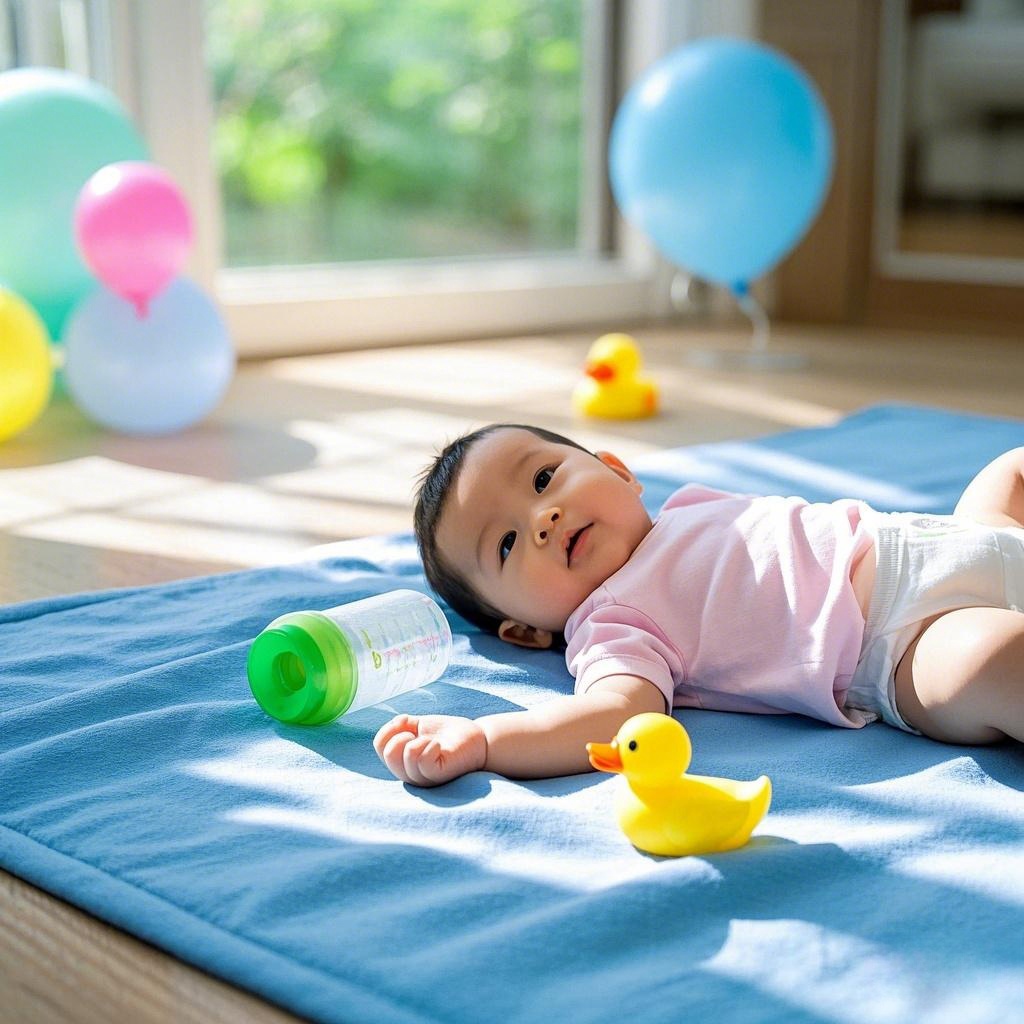If you’re a parent of a toddler, chances are you’ve experienced the sudden, ear-piercing shriek that seems to come out of nowhere. High-pitched screaming in toddlers is not only distressing—it can be frustrating, embarrassing in public, and difficult to control. But don’t worry, this behavior is often a normal part of development and can be managed with the right strategies.
In this blog, we’ll explore why toddlers scream, and more importantly, how to stop toddler high-pitched screaming using practical, gentle, and effective techniques. Whether the screaming happens out of frustration, excitement, or the need for attention, these tips will help you restore calm and guide your child toward better ways of expressing themselves.
Why Do Toddlers Scream?

Before jumping into solutions, it helps to understand the reasons behind toddler screaming:
- To express big emotions like anger or excitement
- To get attention or a reaction
- Because they’re overstimulated or overwhelmed
- As a way of communication if they have limited vocabulary
- Simply experimenting with their voice
Understanding the cause helps you choose the most appropriate response.
10 Effective Tips to Stop Toddler High-Pitched Screaming
Keywords used: how to stop toddler screaming, toddler high-pitched screaming solutions, toddler behavior tips, parenting toddler tantrums
1. Stay Calm and Avoid Yelling Back

Children model what they see. Reacting with yelling or frustration can escalate the situation.
🟢 Instead, use a calm but firm voice to set boundaries.
✅ Say: “I hear you’re upset. We use quiet voices inside.”
2. Acknowledge Their Feelings
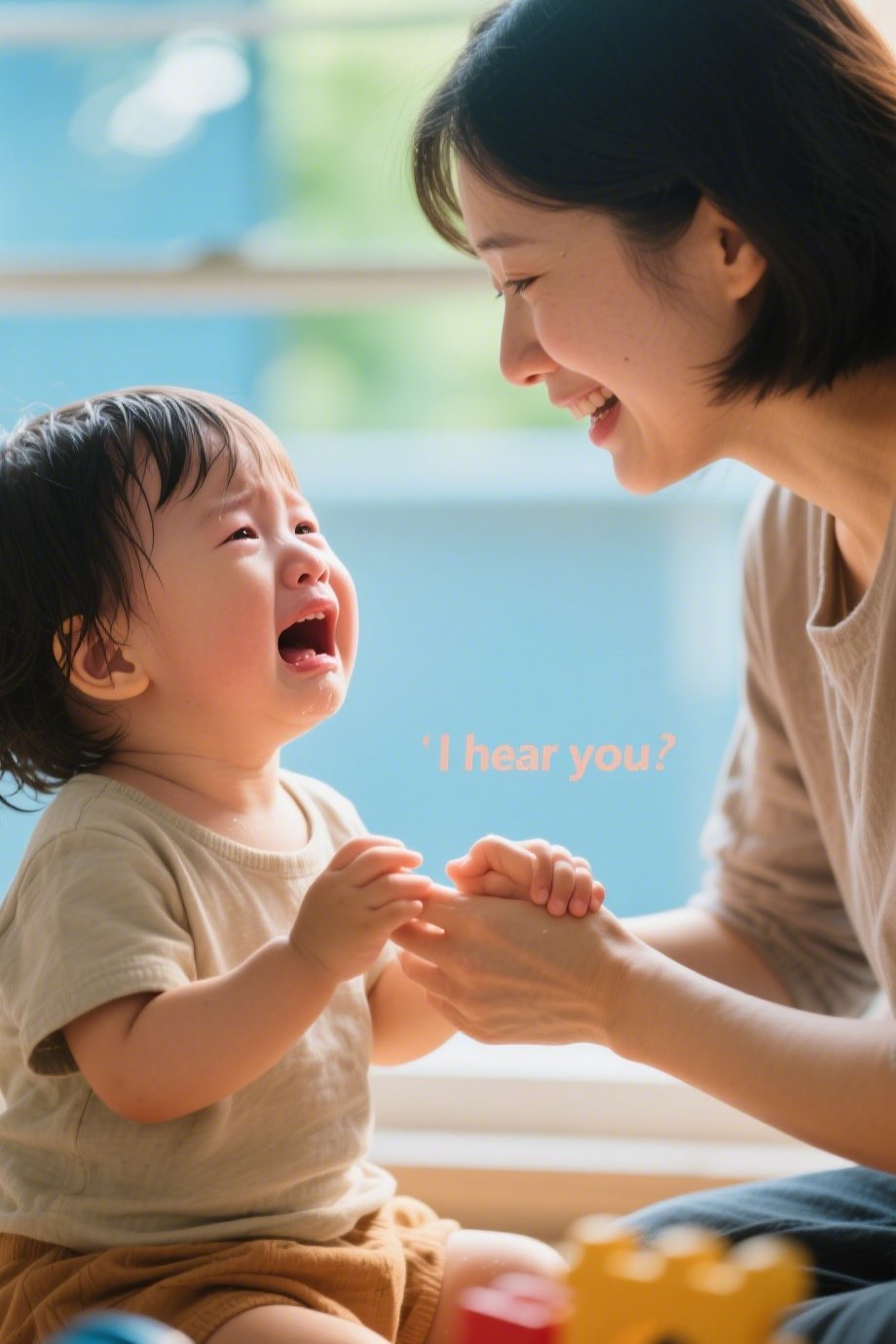
Sometimes, toddlers scream because they feel unheard.
🟢 Use empathetic language to validate their emotions.
✅ Example: “You’re mad because you can’t have the toy. That’s hard.”
3. Use Gentle Redirection

Distract your toddler with a new activity or shift their attention to something more positive.
🟢 Toddlers are easily redirected with visuals or toys.
✅ Try: “Let’s play with your blocks” or “Look at the bird outside!”
4. Teach “Inside Voice” and Practice

Toddlers don’t always know the difference between acceptable noise levels.
🟢 Model and practice using a soft or ‘inside’ voice together.
✅ Make it fun: “Can you whisper like a kitty?”
5. Provide More Communication Tools

Screaming is often a replacement for language they haven’t yet learned.
🟢 Use simple words, sign language, or visuals to help them communicate their needs.
✅ Teach phrases like “help me,” “all done,” or “I want.”
6. Create a Calm-Down Space
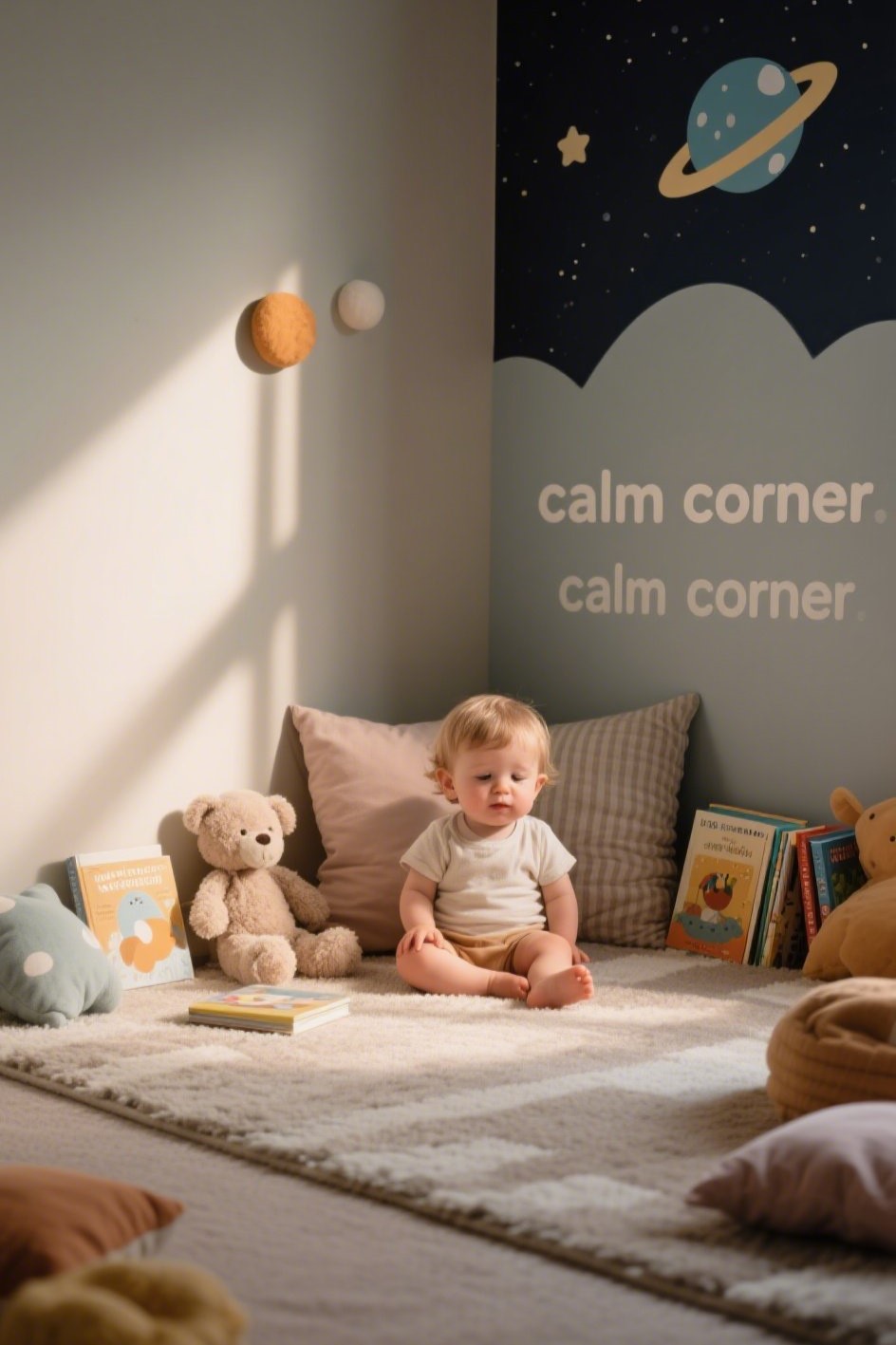
A quiet space helps toddlers reset when overstimulated.
🟢 Make a “calm corner” with soft toys, pillows, and books.
✅ Teach your toddler that this is a safe place to relax—not a punishment.
7. Be Consistent with Boundaries

If you let screaming result in them getting what they want, they’ll learn it works.
🟢 Stay consistent: don’t reward the behavior.
✅ Gently say, “We don’t scream for snacks. You can ask with your words.”
8. Avoid Overstimulation
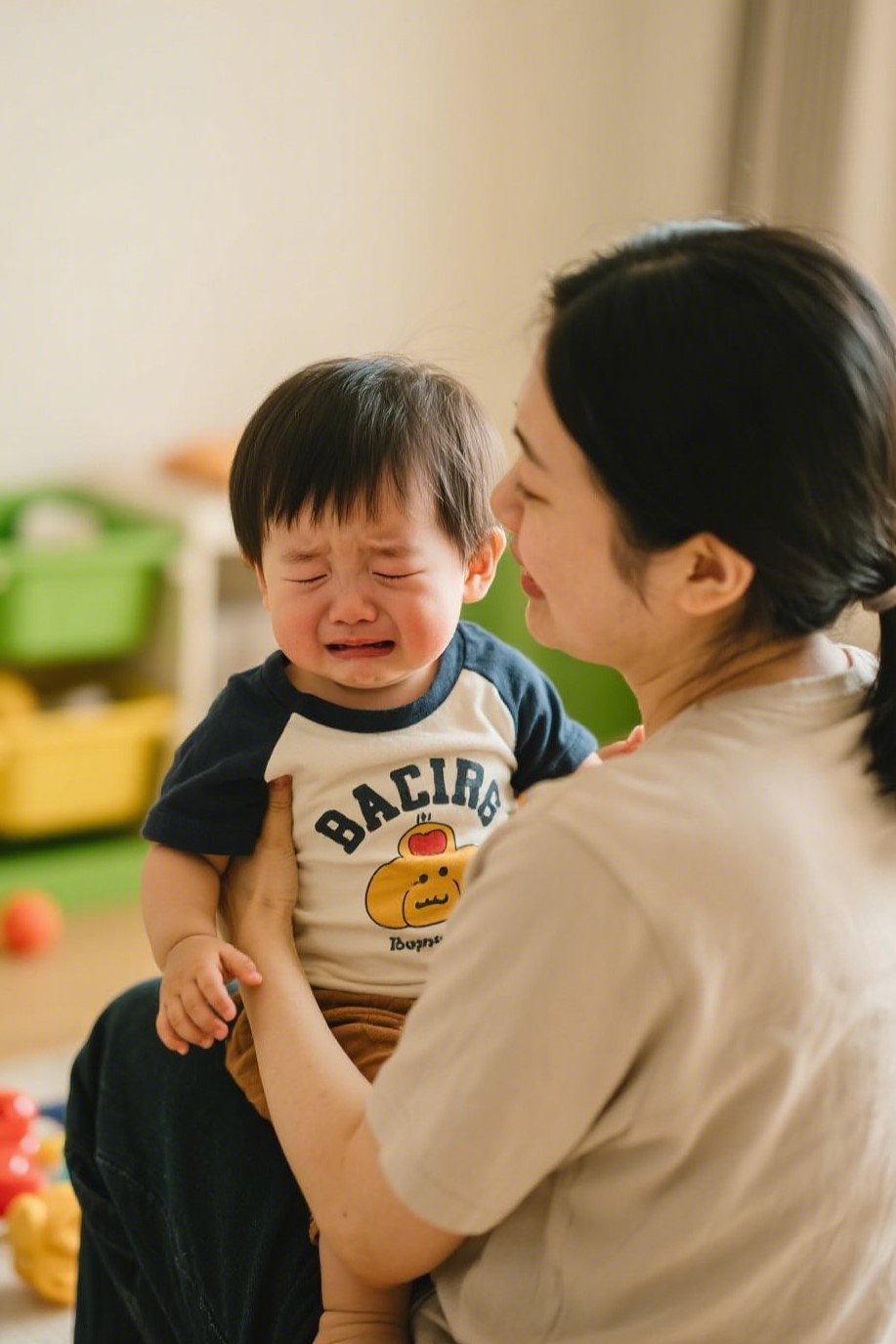
Loud environments, bright lights, or tiredness can trigger screaming.
🟢 Watch for signs your toddler is overwhelmed and offer breaks.
✅ Limit errands, screen time, or crowded places when possible.
9. Give Attention for Positive Behavior
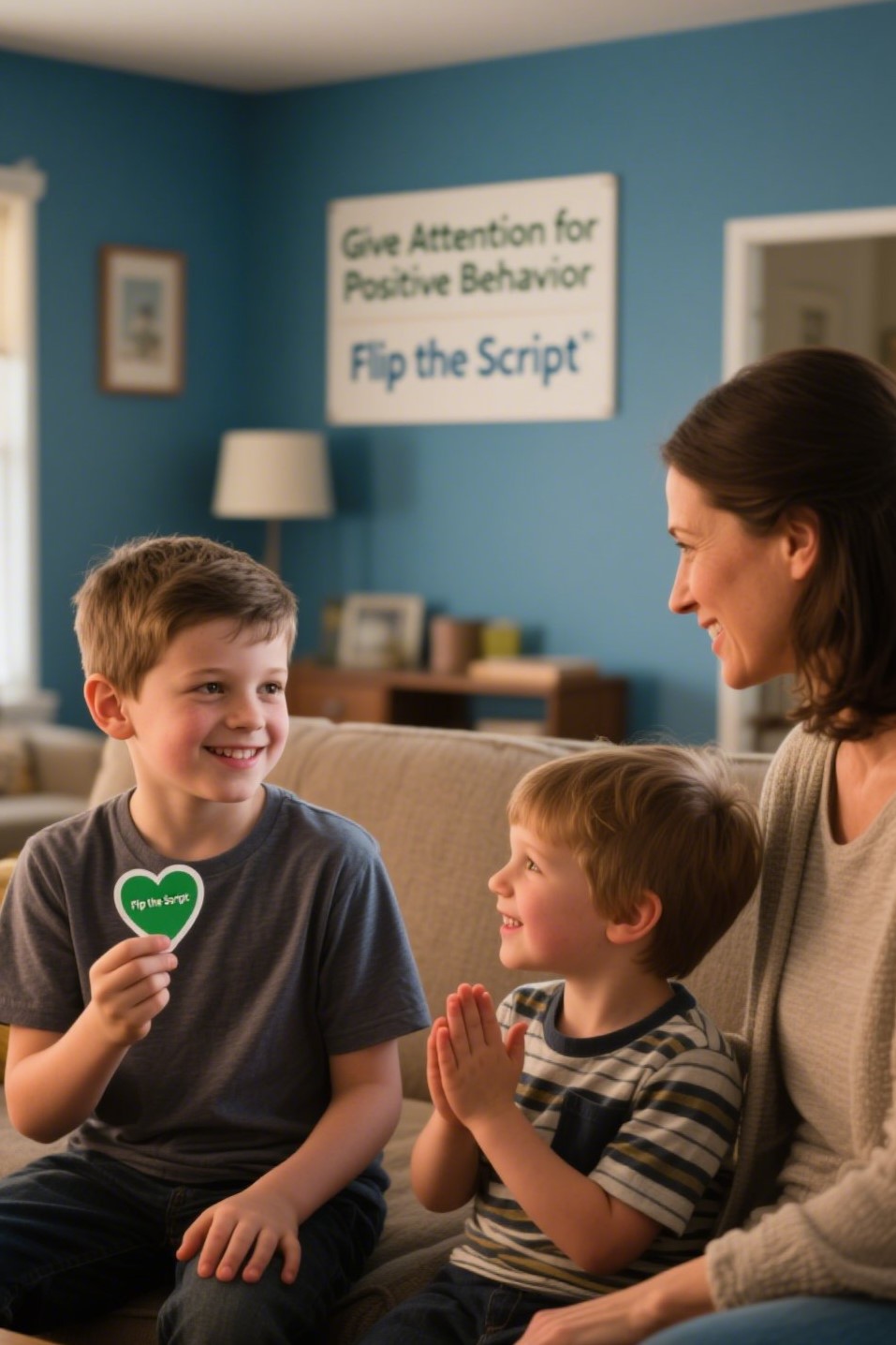
If your child screams for attention, flip the script.
🟢 Praise them when they use a calm voice or express themselves appropriately.
✅ Example: “I love how you asked for help so nicely!”
10. Stay Patient – It’s a Phase

Most toddlers outgrow high-pitched screaming as their communication and emotional regulation improve.
🟢 Keep responding with calm consistency and know this phase will pass.
✅ Encourage every small improvement and celebrate progress.
Final Thoughts
Stopping toddler high-pitched screaming takes time, patience, and consistency. It’s important to stay calm, model the behavior you want, and give your child tools to express themselves better. With gentle guidance, your toddler will learn to communicate in more peaceful ways—and your ears (and sanity) will thank you!





